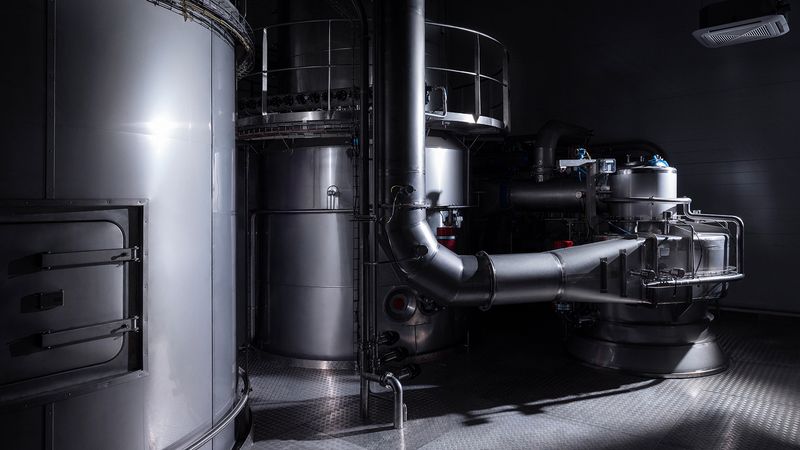

Japanese researchers at University of Tokyo explore cell-cultivated meat as demand for sustainable alternatives rises
In response to the soaring global demand for meat and the increasing environmental burden of traditional livestock farming, researchers worldwide are turning to cultured meat as a promising solution. In Japan, this research has recently gained momentum, as scientists from the University of Tokyo presented a lab-grown steak designed to resemble traditional meat in both appearance and texture. The showcase, led by Professor Shoji Takeuchi, a tissue engineering expert, highlighted a piece of cultivated meat that looked remarkably like a conventional steak, complete with red muscle fibers and white streaks of fat. This announcement marked a significant milestone in Japan’s contribution to the evolving field of lab-grown protein alternatives.
The journey began in 2017 when Professor Takeuchi, with support from partners such as Nissin Foods, set out to explore how animal cells could be cultured into forms that closely mimic traditional cuts of meat. The team’s process involves extracting muscle cells from cows, then finely slicing them and placing them in a nutrient-rich medium to encourage growth. Within a week, these cells multiply, reaching up to 100 million and forming a sheet-like structure. By layering these sheets, researchers are able to create a thickness that mimics that of a real steak, giving it a similar look and feel.
In 2019, the team achieved a notable breakthrough, producing a cultivated meat cube resembling a dice-sized steak, measuring around one centimeter on each side. This small yet significant achievement set the stage for further advancements. By March 2022, following ethical approval from the university, the team conducted taste tests. While the texture was impressively similar to real meat, the flavor presented challenges that the team is still working to address. Since then, they’ve continued refining the size and structure of their cultivated meat, reaching the point where they can produce steak-sized portions up to 90 grams, with realistic textures and fats integrated into the final product.

While the University of Tokyo’s team has made strides in replicating the look and texture of meat, flavor remains an elusive target. Professor Takeuchi explained that while the lab-grown meat contains many components found in traditional beef, such as amino acids and inosinic acid, the flavor profile still falls short of a satisfying beef taste. The researchers suspect that additional components, beyond those commonly associated with beef flavor, may contribute to the unique taste of real meat. This has opened up an intriguing avenue of research into how humans perceive and identify flavors.
Another significant challenge facing the practical application of cultured meat is the high cost of production. Creating one large portion of lab-grown meat currently involves a month-long process, requiring skilled personnel and a controlled lab environment. According to Takeuchi, scaling up production to meet broader consumer demand would necessitate substantial reductions in production time and costs, along with streamlined methods that could potentially make cultured meat more affordable and accessible.
Despite these challenges, the promise of cultured meat remains compelling. Unlike traditional meat production, which requires significant land, water, and other resources, lab-grown meat could reduce the environmental footprint associated with livestock farming. With advancements in production, it could also present a viable solution for long-term space missions, offering a reliable protein source that doesn’t rely on extensive agricultural infrastructure.
Interestingly, the technology underpinning cultured meat has also led to experiments with other exotic meats. For example, in 2023, an Australian startup generated widespread attention by creating a “mammoth meatball” using DNA from the extinct species. These innovations demonstrate the potential for cultured meat to transform not only the ways we source protein but also the diversity of meats available for human consumption.
Professor Takeuchi and his team remain optimistic about the future. He envisions a world where cultivated meats become an integral part of our food system, providing a sustainable alternative to traditional livestock. Although obstacles remain, Takeuchi is hopeful that continued research will eventually lead to a product that closely replicates the flavor, texture, and nutritional value of real beef. With ongoing advancements, Japan’s role in this cutting-edge field highlights the exciting potential of lab-grown meat to meet the challenges of a growing population and evolving consumer demands.
As the research community inches closer to producing larger, more realistic cuts of lab-grown meat, there is a growing sense that the future of meat may not come from the pasture but from the lab. This shift could redefine our relationship with food and pave the way for more sustainable, ethical, and diverse dining experiences.
If you have any questions or would like to get in touch with us, please email info@futureofproteinproduction.com






